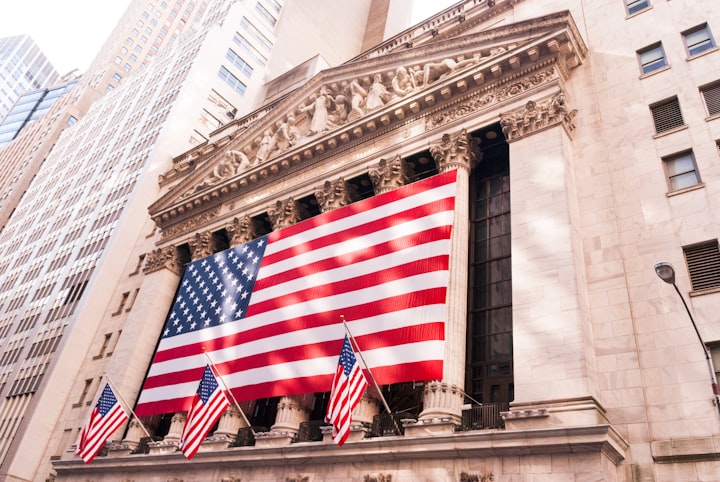The Changing Face of the American Economy : From Boom to Bust and Back Again
Unraveling the Mystery of why the U.S. Abandoned Its Economic Past

In the vast tapestry of America's economic history, one striking statistic stands out: for those born in 1940, 92 percent went on to earn more than their parents; for those born in 1980, only 50 percent did. In just a few decades, the promise of the American dream transformed from near-guarantee to a coin flip.
What unfolded to trigger this shift?
The story begins in the 1940s through the '70s, known as the New Deal era. During this time, U.S. laws and policies aimed for robust unions, high taxes on the wealthy, substantial public investments, and an expansive social safety net. As inequality decreased, the economy thrived. However, as the era concluded, economic struggles emerged, and voters turned away from this postwar consensus. Ronald Reagan, assuming office, pledged to revive growth by reducing government, cutting taxes for the wealthy and corporations, and dismantling business regulations. The belief was that a rising tide would lift all boats. Instead, inequality soared, living standards stagnated, and the U.S. experienced a stark reversal in income, mobility, and public health compared to peer countries.
Three main theories attempt to explain this seismic shift since 2016, marked by the rise of Donald Trump and widespread discontent. One theory attributes it to white backlash against civil-rights legislation, another to the Democratic Party's cultural elitism, and the third to global crises beyond political parties' control. While each theory has its merits, together, they offer a more comprehensive understanding of the current political and economic uncertainty.
In her book "The Sum of Us," Heather McGhee presents a vivid metaphor for this transformation. Just as public swimming pools, once grand and shared, turned exclusive after desegregation, America's political economy saw white communities choosing to close public goods rather than share them with Black Americans. This encapsulates the broader changes in America's political economy over the past half-century.
The Democratic Party's dominance in national politics from the 1930s to the late '60s was marked by sweeping progressive legislation transforming the economy. However, the coalition fractured post the Civil Rights Act of 1964 and the Voting Rights Act of 1965. The so-called Southern Strategy exploited this rift, altering the electoral map. White Americans' economic attitudes also shifted post-civil-rights revolution, contributing to Reagan's successful framing of high taxes and generous social programs as detrimental to hardworking (white) Americans.
David Leonhardt, in his book "Ours Was the Shining Future," expands on this fracture within the left. The New Left of the '60s, dominated by well-off college students, prioritized issues like nuclear disarmament and Vietnam over working-class concerns. This alienated white working-class voters, and the Democratic coalition continued to lose their support.
Economic historian Gary Gerstle adds another layer in "The Rise and Fall of the Neoliberal Order." The severe economic crisis of the mid-'70s, triggered by the 1973 Arab oil embargo and subsequent recession, created fertile ground for free-market ideas to take root. Reagan, a masterful communicator, capitalized on this, ushering in an era of tax cuts, union decline, and deregulation.
Today, as another inflection point in American politics unfolds, mirroring the '60s and '70s, we witness the crumbling of the old order without the birth of a new one. The Biden administration attempts to usher in a transformational economic agenda, challenging Reagan's legacy. However, the challenge lies in forging a new political coalition and narrative capable of replacing the old order.
The Republican Party, on the other hand, struggles to articulate a coherent economic agenda. Some Republican senators embrace economic populism, but they remain a minority within the party.
As the U.S. navigates this tumultuous period, akin to the '70s, the path forward remains uncertain. Just as no one could predict the emergence of a new economic era in the early '70s, the same holds true today. The Reagan revolution is gone, and so is the New Deal order. What lies ahead will be something entirely new.
About the Creator
Asif Hussain
Greetings! I'm Asif Hussain, a dedicated blogger and seasoned article writer committed to delivering captivating and informative content. With a penchant for simplicity and clarity, I bring a unique perspective to various topics.






Comments
There are no comments for this story
Be the first to respond and start the conversation.